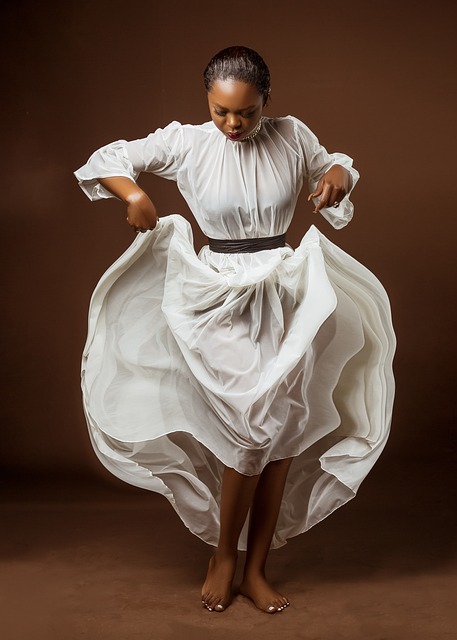The Role of Fashion in Post-Colonial Identity Movements
Traditional garments have played a significant role in shaping diverse cultural identities around the world. These garments are not merely pieces of clothing, but symbols of heritage, values, and history that are passed down through generations. From the intricate weaving techniques of South America to the vibrant patterns seen in African textiles, traditional garments reflect the rich tapestry of human creativity and craftsmanship.
The resurgence of interest in traditional garments in recent years highlights a shift towards valuing authenticity and cultural heritage in the fashion industry. Consumers are increasingly seeking out unique pieces that tell a story and connect them to different cultures and traditions. Designers are also incorporating elements of traditional garments into their collections, blending the old with the new to create innovative and culturally rich fashion statements.
Traditional garments are symbols of heritage, values, and history
They reflect the rich tapestry of human creativity and craftsmanship
The resurgence of interest in traditional garments highlights a shift towards valuing authenticity and cultural heritage in the fashion industry
Consumers are seeking out unique pieces that connect them to different cultures and traditions
Designers are blending elements of traditional garments with modern designs to create innovative fashion statements
Decolonizing Fashion Trends
Fashion has the power to reflect cultural diversity and resist the homogenizing effects of colonization. Decolonizing fashion trends involve reclaiming and celebrating indigenous designs, textiles, and techniques that have been historically marginalized. By centering these elements in modern fashion, designers and consumers alike can challenge colonial legacies and create space for authentic cultural representation.
One key aspect of decolonizing fashion trends is promoting ethical practices throughout the supply chain. This includes prioritizing fair wages and working conditions for artisans and ensuring sustainable production methods that respect the environment. By supporting brands and designers that uphold these values, consumers can contribute to a more equitable and environmentally conscious fashion industry.
Revival of Indigenous Textiles
In recent years, there has been a noticeable resurgence in the appreciation and utilization of Indigenous textiles in the fashion industry. Designers and consumers alike are increasingly drawn to the unique beauty and cultural significance of these traditional fabrics. This revival is not just about incorporating these textiles into modern designs, but also about acknowledging and honoring the craftsmanship and history behind each piece.
Indigenous textiles are not just pieces of fabric; they are carriers of stories, symbols, and identities. By embracing and celebrating these textiles, we are not only diversifying the fashion landscape but also recognizing and valuing the rich heritage and artistry of Indigenous communities. This renewed focus on Indigenous textiles is not a fleeting trend but a significant step towards inclusivity and cultural appreciation in the fashion world.
What is the significance of traditional garments in the revival of indigenous textiles?
Traditional garments play a vital role in preserving the cultural heritage and customs of indigenous communities. By incorporating traditional designs and techniques into modern fashion, the revival of indigenous textiles helps to celebrate and honor the rich history and artistry of these cultures.
How does decolonizing fashion trends contribute to the revival of indigenous textiles?
Decolonizing fashion trends involves breaking away from Western influences and promoting the use of indigenous textiles and designs. By embracing and supporting indigenous fashion, we can help empower communities to reclaim their cultural identity and promote sustainable practices in the fashion industry.
What are some examples of indigenous textiles that are being revived in the fashion industry?
Some examples of indigenous textiles that are being revived include hand-woven fabrics, intricate beadwork, and traditional embroidery techniques. These textiles are being incorporated into modern designs by fashion designers who are passionate about preserving and promoting indigenous cultures.
How can individuals support the revival of indigenous textiles?
Individuals can support the revival of indigenous textiles by purchasing products made from indigenous textiles, supporting indigenous artisans and designers, and educating themselves about the cultural significance of these textiles. By raising awareness and valuing the artistry of indigenous communities, we can help ensure the continued preservation of these traditions.







